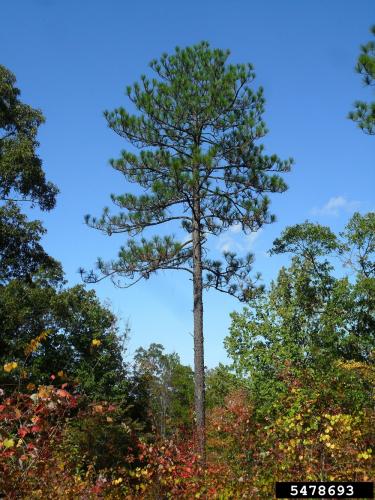Markets for Longleaf Pines
Longleaf pines are valued for the beauty they bring to the landscape and for the diversity of plants and wildlife they shelter. But they are also valued for the desirable timber and non-timber products they provide. These products can offer you significant income opportunities and a little extra security during unpredictable times.
Timber products. Longleaf pines grow straighter and stronger than many other pines, including loblolly pine. That means they’re suited for higher-value markets and can return more profit. The longleaf’s dense, rot-resistant wood is desirable for high grade sawtimber (trees that are sawed into lumber). Longleaf pine also produces poles, the highest-valued timber product, in far greater numbers than other pine species. In fact, by the time a longleaf stand is 40 to 50 years old, about half of its pines may meet the standards for utility poles.
Non-timber products. Longleaf pine needles, often called pine straw, are highly valued too. The pine straw—usually, the undecayed needles that form the uppermost layer of litter on the forest floor—is raked, baled and sold as mulch. Because it’s easy to bale, has a pleasing reddish color, and deteriorates slowly, longleaf pine straw is considered a superior landscaping mulch and commands a premium price in that market. A single rake in a high-quality longleaf stand can bring in $100 to $400 per acre.
Other markets are emerging for the non-timber benefits longleaf pines provide, from their value as habitat for game an asset if you offer hunting leases to their carbon-storing capabilities.
With so many available markets for the products they yield, longleaf pines offer woodland owners great financial opportunity and flexibility. And because longleaf pines are less vulnerable to natural disasters and pests than other Southern pines, they’re a secure investment too. These are just two of the many reasons that more and more woodland owners are interested in restoring this important and declining species. If you’d like to take part, there are plenty of resources available to help you get started.
How can I get more tips?
It’s simple! Enter your email below.

